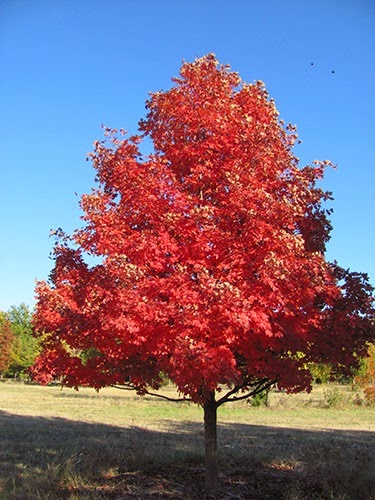Canning in Pressure Cookers
 |
| Photo Courtesy: Michigan State Extension |
The information below is retrieved from The National Center for Home Food Preservation
Ashley Svaty, Nutrition, Food Safety, and Health
USDA does not have recommended processes for canning in a small
pressure cooker. The recommendation for using USDA pressure processes for
low-acid foods is to use a canner that holds at least four (4) quart-size jars
standing upright on the rack, with the lid in place. The research for
USDA pressure processes for vegetable and meat products was conducted in
pressure canners that are most similar to today's 16-quart or larger pressure
canners.
Pressure cookers have less metal, are smaller in diameter,
and will use less water than pressure canners. The result is that the time it
takes a canner to come up to processing pressure (that is, the come-up time)
and the time it takes the canner to cool naturally down to 0 pounds pressure at
the end of the process (known as the cool-down time) will be less than for the
standard pressure canner. The come-up and cool-down times are part of the total
processing heat that was used to establish USDA process times for low-acid
foods. If the heat from the come-up and cool-down periods is reduced because
these times are shortened, then the heat from the process time at pressure
alone may not be enough to destroy targeted microorganisms for safety.
That is, the food may end up underprocessed. Underprocessed low-acid
canned foods are unsafe and can result in foodborne illness, including botulism
poisoning, if consumed.
During earlier years of canning research, pressure saucepans were
considered an alternative for home canning and it was thought that adding 10
minutes to the process times for standard canners would keep food safe. That
proved not to be the case for a general, across-the-board recommendation, as
there are several sizes of pressure saucepans and they were not all adequately
tested. In addition, the way heat transfers (penetrates) through food
during the process is affected partly by the composition of the food and not
all foods and styles of preparation were tested. Later research published
in journals has not resulted in an absolute recommendation either. Therefore,
in the late 1980s the USDA published its recommendation to not use pressure
saucepans (small cookers) for home canning.
Some manufacturers may offer process directions for smaller
pressure cookers. Consumers using this equipment will need to discuss
processing recommendations with those manufacturers; the USDA and National Center for Home Food Preservation recommendation
is to not use them for canning with our processes.
To be considered a pressure canner for USDA processes, the canner
must be able to hold at least four quart-size jars, standing upright on the
canner rack, with the lid in place. It is also important to realize the
canner should have a way to follow recommended venting procedures to remove air
from inside the canner before it is pressurized, and to indicate that the
canner remains at least at the target pressure throughout the entire process
time.
We cannot convert processes intended for use with regular pressure
canners to ensure safety when canning in other types of equipment.
Please contact Ashley Svaty, our Nutrition, Food Safety and Health Agent with any food preservation questions by emailing asvaty@ksu.edu.
National Center for Home
Food Preservation







